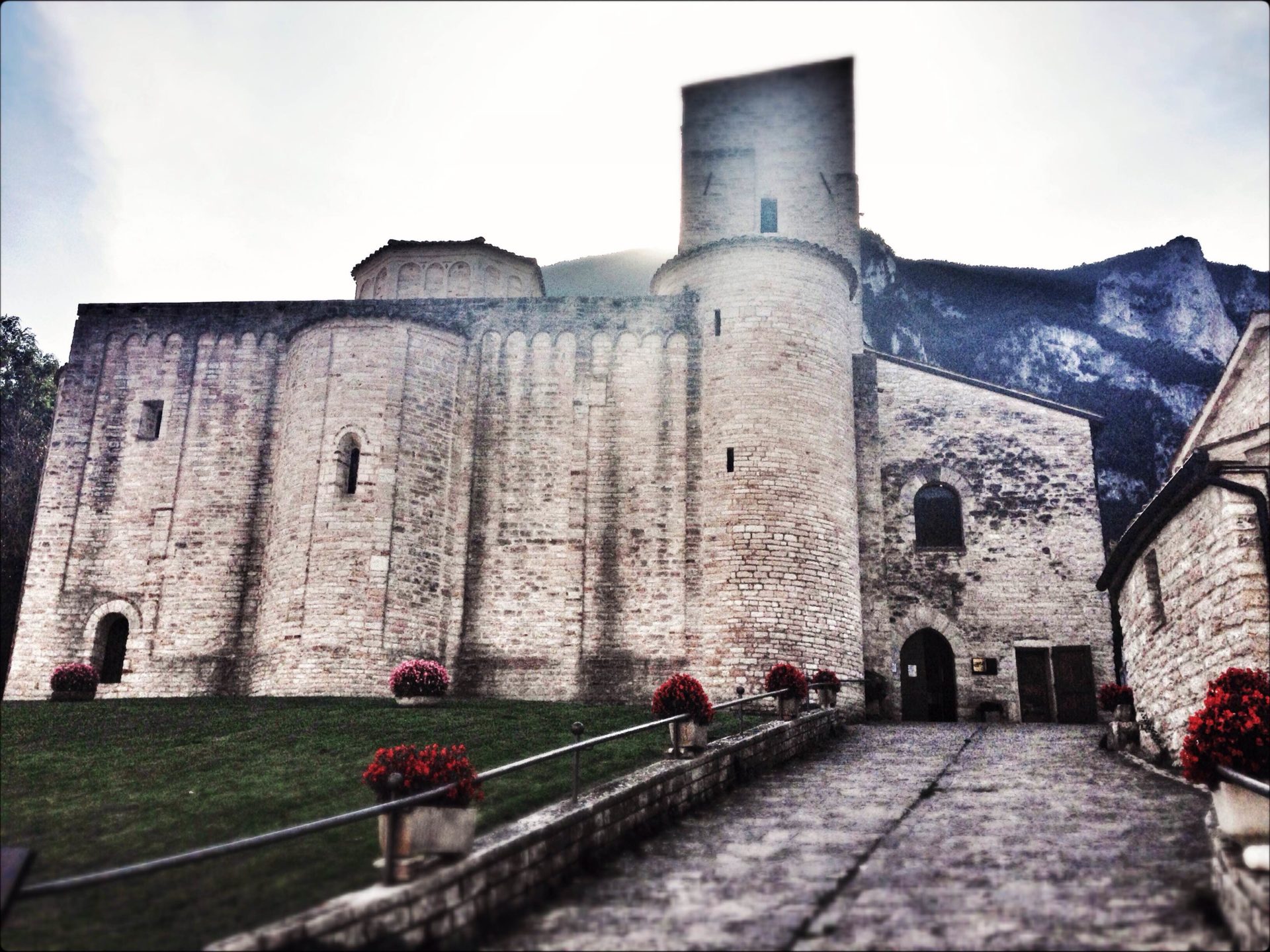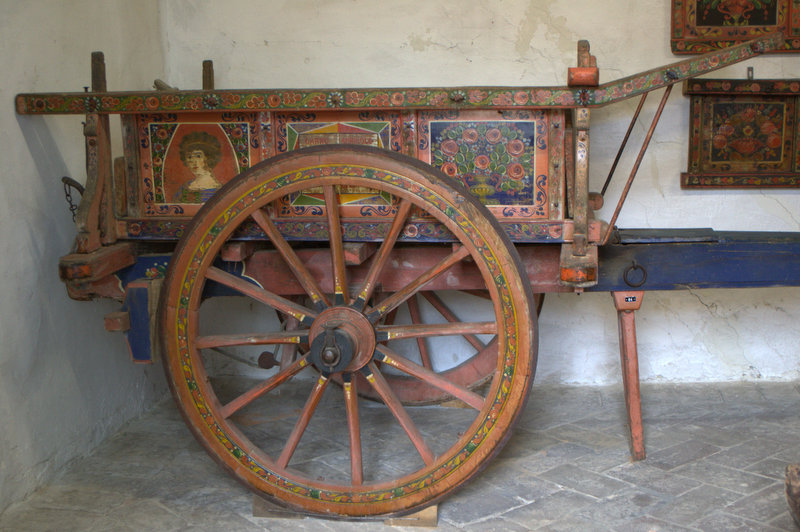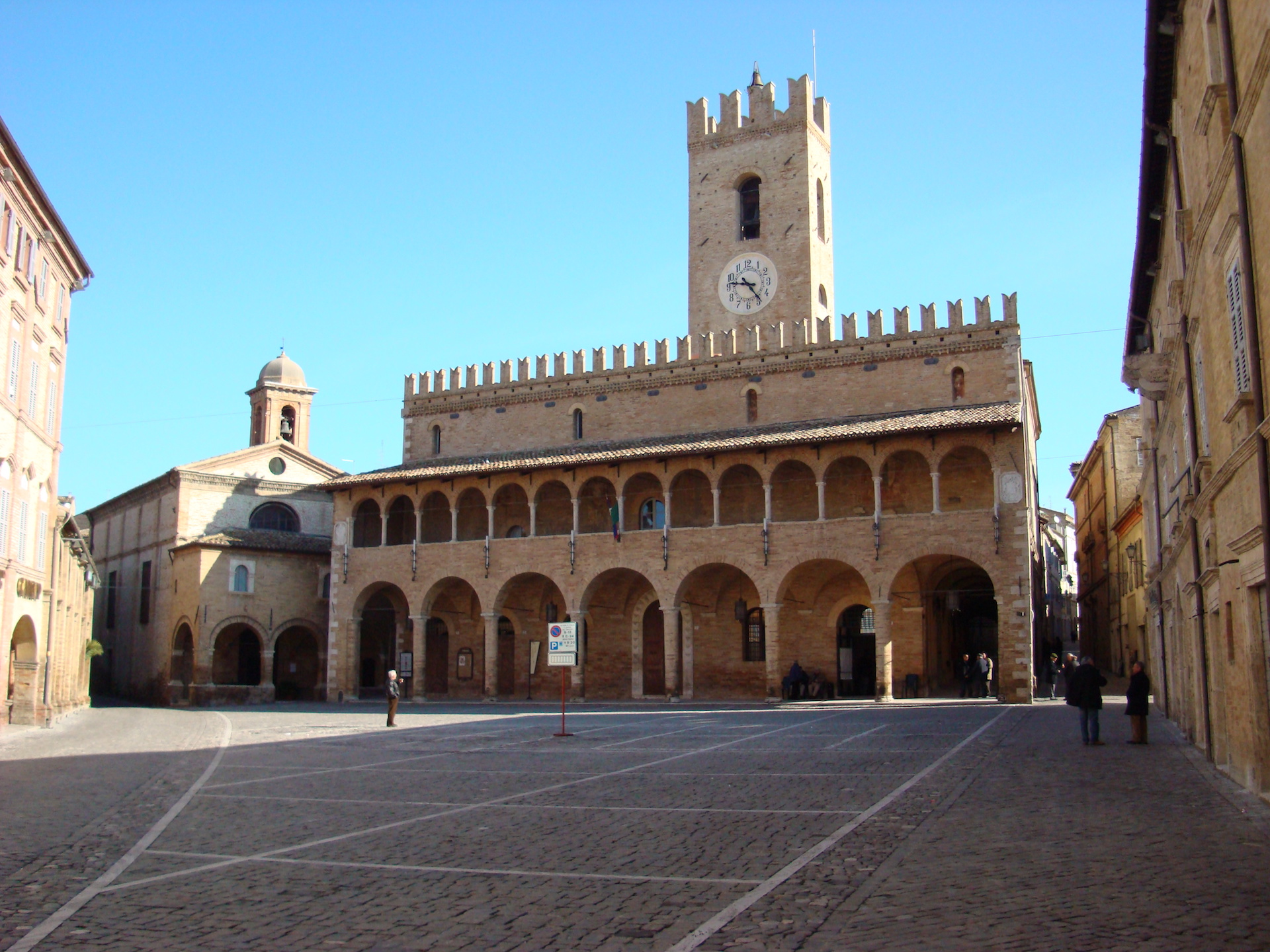Frederick II, Holy Roman Emperor
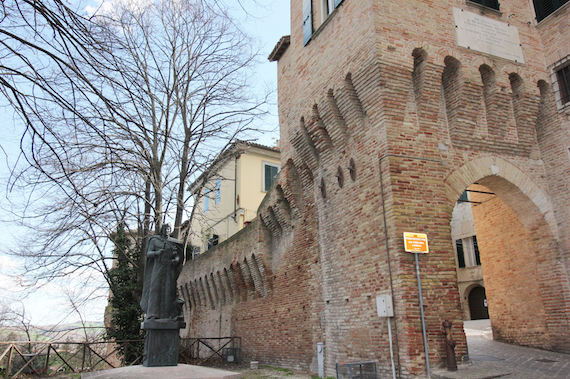
“Stupor Mundi” was born in Jesi
An enlightened sovereign, a sponsor of arts, an innovator of laws, a mythical character because of his polyhedral and fascinating personality, he was called stupor mundi (wonder of the world).
We are talking about Frederick II Hohenstaufen, king of Sicily, Duke of Svevia, Holy Roman Emperor and king of Jerusalem, who was born in Jesi on December 26, 1194.
The son of Constance of Hauteville and of Henry VI, he was born during his mother’s journey to Palermo where her husband, the day before, had been crowned King of Sicily.
Frederick II was born inside an imperial pavilion placed in the main square of Jesi that is now entitled to his name. His mythical figure attracted legends which accompanied him since his first day of life and survived after his death.
According to a Florentine chronicler, who belonged to Constance’s Guelph party, the Empress’ delivery was a public event: in order to fight the scepticism of people, who did not believe in the pregnancy of an ageing woman, a canopy was raised in the central square of the city to remove all doubts about the birth of the heir to the throne.
Immediately afterwards, Frederick II was brought to Foligno, where he lived during his first childhood years. After the death of his father which occurred when he was two, and of his mother, when he was just three years old, he was entrusted to a guardian and lived in Sicily where he was educated.
At the age of fourteen he took power in his hands and got married; when he grew eighteen years old was crowned emperor.
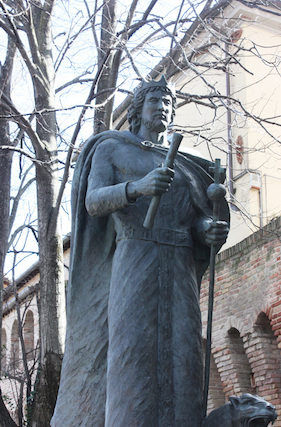
The legacy of Frederick II is not the fruit of his military and political activity only, but also of his strong intellectual curiosity. He loved art, protected artists, was a writer and gave a peculiar mark to architecture of his time. At the age of 30, he created in Naples, with a formal edict, the first laical state university in the story of Europe; this made the city a reference centre for legal studies. In the literary field, Frederick II contributed to the birth of the modern Italian language thanks to the Sicilian school of poetry, which reached its greatest splendour at his court.
His approach to government was very modern, due to advanced ideas which he fixed in a set of laws known as Melfi Constitutions, a fruit of his intense research in this field, from which emerges his will to limit the power of noble families and prelates and to allow women to inherit feuds. The Code of Laws of the Kingdom of Sicily, based on the Roman and Norman right, is considered one of the greatest works in the history of right.
After this short and partial summary of the life of this extraordinary personality, one realizes that the bond between Frederick II and the city of Jesi, further to being a fruit of chance, starts and ends on the first day of his life. And yet, in spite of the distance between the emperor and the city where he was born, Jesi was awarded by Frederick II the title of “Royal City”, a status which established its autonomy, many privileges and freedom from the papal rule.
The city of Jesi did therefore shift from the Ghibelline to the Guelph party and remained tied to the figure of Frederick II who, through his influence, determined the fate of the city and its political destiny.
Thanks to the emperor and to his children, Jesi got important imperial privileges and, alas, a number of excommunications from the Church.
Relationships between Frederick II and the Church, indeed, were not easy. He fought openly against pope Gregory IX by calling into discussion the temporal power of the Church and the pontiff reacted defining him “a precursor of the Antichrist”. The Guelph propaganda, on its side, defined him an atheist and an Epicurean heretic. Dante Alighieri, a Guelph, in his Divine Comedy, put him in the sixth circle of Hell, in the burning graves of heretics.
Just as his birth, also the death of emperor Frederick II is intertwined with legend. Little before dying, he suffered strong belly pains. According to some sources, they were due to a neglected illness, others talk of a poisoning. His condition was so serious that the court brought him to a fortress near the city of Foggia.
According to a legend, Frederick had been announced his death many years before by the court astrologist, who had warned him he would die sub flore (under a flower). Consequently, he never visited Florence; but when he was informed about the name of Castel Fiorentino (Florentine Castle), the place where he was being brought to be treated, he realized that the time to quit this world had come, though he might not be aware of leaving an invaluable cultural legacy.
di S. Cecconi
